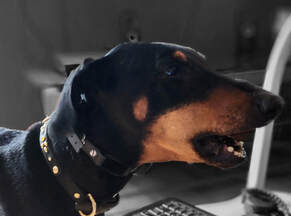
This blog post will go over the many strategies to begin to be able to communicate that barking should stop.
| Mannerly Mutts Certified #1157 CEC NADOI Dog Trainer in York Maine |
|
 Barking is a legitimate way for dogs to communicate with us. There are many situations where it is valuable for your dog to bark and communicate with you. You want them to bark when a stranger arrives, something smells funny, wild life is outside, someone has entered your house or car, and so on. Our previous blog post went over many of these reasons, and how barking is used to communicate to us. This blog post will go over the many strategies to begin to be able to communicate that barking should stop. 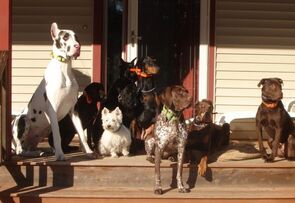 Avoidance behaviors in dogs are simply a step towards the end result of practiced impulse control and behavioral modification. Some dogs will not even seem to take this step, and usually that is become they are confident with an even temperament. An example of avoidance behavior is a dog that looks in the opposite direction from a dog they would like to bark at. Avoidance is simply the step taken to practice impulse control over a trigger that used to make them react, hide from, or leave the area entirely. Fearful dogs behaviors can range from freezing and avoiding to reactivity and aggression. In any case and no matter what the owner knows of the dog's history, fear and insecurity holds the dog back from having their best life. Dog's need more than a safe home, food, and affection to enjoy their life fully. There are many ways their needs can be met, but fear can intrude on those activities that make their life rich. Activities like:
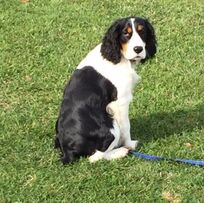 Deciding that a puppy or dog is going to join your family is an exciting time. A family discussion or personal decision has been made. A prospective dog or puppy owner has many dreams and expectations for their new companion before they even arrive. Some of these expectations can be entirely reasonable, and some of these expectations might be unreasonable. The start to finding your new dog or puppy should come with in depth thoughts on what those are, and what your lifestyle is like now. READ MORE BY CLICKING THE LINK TO THE RIGHT.  Do you find your dog to be timid or fearful around things that don't scare most other dogs? If you have also wondered about the reasons this can happen, there are a few as follows: 1) Puppies not socialized or handled by breeders. Usually these guys recover very well, but they may present as very fearful at the beginning. 2) Adult dogs that have grown up without proper socialization and exposure to the outside world. 3) Puppies that have experienced a traumatic or very scary experience during the fear stage. 4) Adult dogs that experienced Number 3 during the puppy fear stage, but their owners did not realize it or did not work with their dog in the meantime. Often owners might think something like this will pass, but for many dogs it just gets worse unless they are helped along the way. 5) Traumatic experience as an adult dog. (As an example my first dog got to experience a microburst at night with us one evening. All our screens on the windows blew in, and the power was instantly out. After that, Jazzabelle was very afraid of any thunder and wind storms, which we helped her with later.) 6) Incident that may have happened that you did not see happen. 7) It could be that a medical reason, like loss of hearing, is causing them some distress. In case of sudden behavioral change, you should make an appointment with your vet. 8) So many more possibilities may exist that caused this. 9) You may never know the cause. Bottom line is that you have to move your dog forward. They may not fully recover, but you can greatly improve their lives and their thoughts on the trigger (thing that scares them).  Shana has 40 stitches, four serious wounds, and 3 drains after surgery. She also has three types of antibiotics and one pain pill. Shana has 40 stitches, four serious wounds, and 3 drains after surgery. She also has three types of antibiotics and one pain pill. This is going to begin a series as best as I can. I don't know how many parts are going to be to it, but I am going to continue a Shana journal from now on. I have attempted this before, and it has not been consistent. This, however, is an topic most dog owners and dog trainers have not had the opportunity to cover. Although, I can later share some blogs that do go over interesting things in a dog/owner or dog/trainer relationship over time. CLICK ON THIS FOR PAST SHANA POSTS NOTE1: WE KEEP TRACK OF INCIDENTS HERE OF ALL SORTS. WE HAVE ONCE EVER HAD DOG SERIOUSLY HAVE AN INTENT TO KILL, AS I CONSIDER THIS. APPROPRIATE STEPS WERE PUT IN PLACE IMMEDIATELY AFTER THAT PREVIOUS INTERACTION. Now the band-Aid is ripping off. Trigger warnings may abound if you have ever been in a dire emergency situation. NOTE2: THIS IS NOT HOW TO GO ABOUT A DIRE EMERGENCY DOG FIGHT SITUATION. DO NOT USE THIS AS A HOW TO. THIS IS NOT A HOW TOO, BUT A MOMENT IN TIME OF DESPERATION. Wednesday September 8th 2021: The day started out (7:30 am) normal though there have been some things going on here as in everyday life. Nothing too abnormal though... Many dog owners, who have trained their dogs, do not realize the tools for working on many dog behaviors that are problems to us are the training commands themselves. The ability to use these commands repetitively in different situations can help build the types of reactions that dog owners prefer from their dogs in many situations.
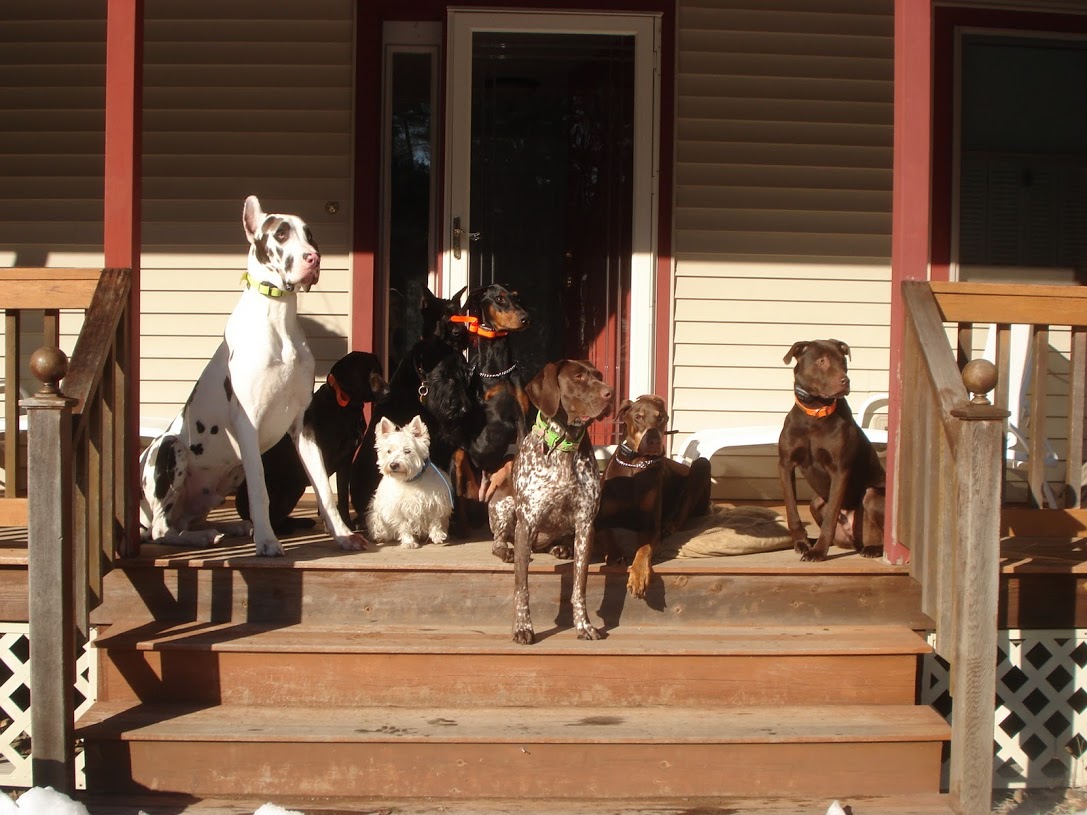 Patterns, as I define them in dog training and behavior modification, are manufactured predictable events. That is they are a sequence of steps that become predictable with repetition and consistency. Remember, canines do not share our human language. We can not tell them what is coming up, but our actions to create patterns and structure can place them on more predictable ground. As humans we take this for granted for ourselves, but if you think about it, our every day patterns and structure lend to the feeling of safety and security for human children and adults alike. Of course we can talk to each other should an unanticipated event comes up. Can you imagine how scary some events are to dogs who do not have that sort of heads up? We can make everything smooth sailing (or smoother sailing anyway) by adding a little pattern and structure to certain parts of our canine's day. Leon loved fetching as a wee young thing. We both learned about this skill together, and had a lot of fun doing it. What do I mean by your dog's "bliss"?
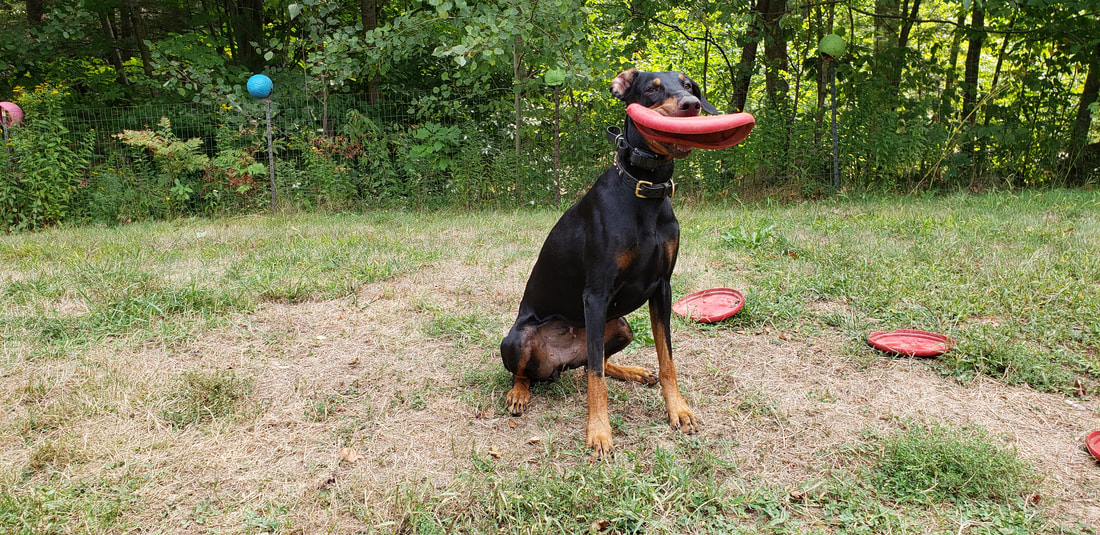 Engagement in dog training is the ability to create a relationship with your dog where you are the reward. Engagement done well will have your dog insisting on continuing the activity with their owner. In other methods of training, there are some elements of this as well, but the engagement that I am talking about is much more. Engagement in dog training is more about play with their owner or handler to create that very strong bond and work ethic. As with anything, it can have it's pluses and minuses. I really enjoy this method, because I get to play with my dog and train. The thing that motivates me in this method, is seeing my dog have fun while we are doing it. Why do I also use other methods other than Engagement and Motivational methods? One reason is this is a bit slower process than some other methods in the shorter term. Sometimes if you really need to stop your dog from jumping on your elderly relatives, while including them in your family activities, you might want to take a faster course of action. Of course there are ways to control what you dog does by confining them more, but I like my dogs to have certain freedoms during the day, where this perhaps might not happen if I was only using this method. It takes longer not in time per day, but the progress to build to a goal in general will take more time. There are reasons to want to spend a longer period if time in training your dog. I will go over that at a later date. |
Author, Robin RubinOwner and Head Dog Trainer in Maine, Robin Katherine Rubin, started her Maine dog training business in September 2004. Our dog training facility is located in Southern Maine in York Beach and we help families enjoy their dogs more, making sure they listen reliably and resolving unwanted behaviors. Archives
April 2024
Categories
All
|